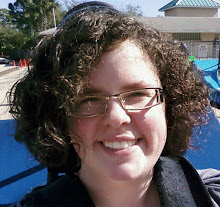
Artifact: According to Jules David Prown's books Mind and Matter and Style as Evidence an artifact corresponds to pattern in the mind of the producer and user and can be assessed by a three step process: description which includes a physical inventory and content analysis of form. Deduction is the link between material and the perceiver's world through sensory engagement, intellectual engagement, and emotional response. Speculation is the creative imaging in the eyes of the perceiver through hypothesis. (IAR 221)
Cycle: The design cycle is the direct reactions and resonances to preceding periods. The design cycle also includes regional influences and variations. Changes in clothing styles and music over the years can be part of the design cycle. The bell curve also characterizes the design cycle in one's life. Near the beginning of life design is growing and peaks near the middle of life, then begins to deteriorate reaching the end of life. (IAR 221)
 Stories: Each student was assigned a different fairy tale to read, then create a page of notes and inspiration board depicting the story. Also, we were asked to draw five different things that are special to us individually. The drawings and short statements about them were to tell stories of the history of the items and ourselves personally. (IAR 102)
Stories: Each student was assigned a different fairy tale to read, then create a page of notes and inspiration board depicting the story. Also, we were asked to draw five different things that are special to us individually. The drawings and short statements about them were to tell stories of the history of the items and ourselves personally. (IAR 102)Translation: The fairy tales assigned could be translated in many different ways depending on the reader. Some students looked at the stories from a phsycological stand point while others looked at them from a child like perspective since many of the fairy tales were read as children. Many of the fairy tales were not appropriate for children even though they were meant to be read by children, but by older individuals can be translated differently. (IAR 102)
Synopsis: Artifacts, cycles, multi-views, stories, and translations all relate to one another through class discussions and assigned work throughout the week. All of the words connect in the way that the viewer or reader perceives the work. The viewer can translate the work in many different ways as well as see it in multiple views. Stories show different cycles in character's or artist's lives, and some can include artifacts like the favorite things drawings done in class to tell their stories. Architecture and history is made up of stories translated in different ways from multiple view-points that cycle from generation to generation and make memory artifacts that will be kept for time to come.


No comments:
Post a Comment